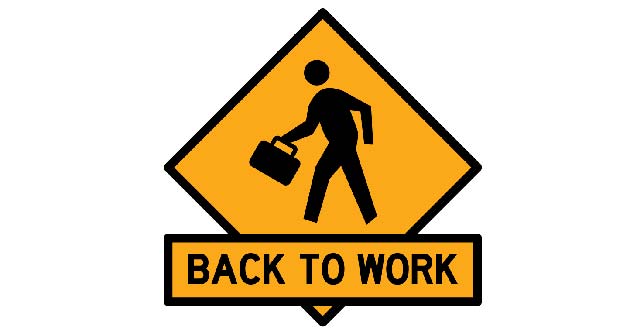Debashish Mitra
Twenty years ago, management guru the late CK Prahalad espoused the concept of selling to the ‘Bottom of the Pyramid’. This led to the emergence of the ‘sachet pack’. The revolutionary concept changed the face of consumer goods and services in India, and bolstered the much-touted growth figures of the past ten years.
The informal sector employs 300 million people by a conservative estimate and they earn Rs 300 a day on average. It would be upwards of Rs 500 per day for the urban daily wage earner, especially in metros. This works out to about Rs 10,000 crore a day in total earnings of the sector. That means, the 21-day lockdown has taken away Rs 2,00,000 crore of income from these people. The sum clearly is much higher than any benefit the government can announce, especially if the lockdown continues. The impact on these people was brought home by the rude and crude eviction of migrant labourers from metro and urban workplaces. What is not being documented, though, is the impact on labourers who have had to stay back. Dharavi is the biggest example.
It is important to understand the ripple and multiplier effects of the incomes of the bottom of the pyramid. It drives the circular economy. These people are the biggest consumers of farm output. They also consume tea and paan, and patronise small eateries, grocers and tailors. They hire share autorickshaws, public transport, small barber shops and beauty salons (poor women use make-up and want to look as pretty as their upper class urban counterparts). They buy festival paraphernalia and cheap clothes. In short, the entire range of goods and services that a city-dweller, or nowadays even a rural dweller, uses. What is even more important is the velocity of this money. It is earned in cash and spent in cash, and often in advance, just as prepaid SIM cards. This economy has been hit the hardest by the lockdown, and the panic created of ‘death by virus’.
Let us look at another statistic, fuelled by the two-wheeler and traffic boom. Over 1,50,000 Indians die in road accidents every year, and it costs about 3 per cent of GDP, according to statista.com. For the novel coronavirus to kill as many, at a 3 per cent fatality rate (on the higher side), we would need 5 million of us to be infected. That seems very unlikely.
Infant and maternal mortality numbers in India are estimated at over a million a year. Clearly from a public safety and health issue view, these areas deserve the same focus being applied to the COVID-19 pandemic. These are invisible, primarily because they are mainly a bottom-of-the-pyramid issue. Since the coronavirus is seen now as something the upper classes brought into the country, and not the bottom of the pyramid, is it appropriate to close the gates of livelihood on the hundreds of millions who constitute it?
It costs them Rs 10,000 crore a day. Is it something we can afford? And the Rs 2,00,000 crore they have lost will never come back. It is not an NPA? The losses of the farm sector are significant, too. Crops lost, whether fruits, vegetables or grain, will never come back. A car or apartment unsold today, though, can be sold tomorrow.
This bottom will be able to restart much faster with practically no cost, investment by banks or the government. Large industrial enterprises, already reeling from consequences of the slowing economy, and their ecosystem of ancillaries, will be much slower to respond. Their cries, though, will be the loudest.
It is the farm sector in the more rural states, and these bottom of the pyramid workers in the cities that need to be unlocked and unchained. The sooner the better.
The writer is an agripreneur working with small, marginal and tribal farmers in remote areas.
